MATT PAWESKI
— Graffiti writing was my first committed creative endeavor, I was obsessed. An early passion that steered me away from less productive trouble as a teen and in hindsight, taught me about observing architecture and the built environment around me. Seems that the lessons I learned scrutinizing buildings and trains for the perfect spot may have much to do with the details of the world that so preoccupy my mind now.
The greatest writers are the Pichação of Rio De Janeiro and Sao Paulo, Brazil. It’s a super specific culture that orbits the graffiti world, and short the commonalties of illegally writing on things, I find it to be quite unique. I do not claim to be some insider, only a DEEP fan. The Pichação’s developed a stunning type of hieroglyphics, slightly goth or heavy metal-ish and owing much esthetically to the materials they predominantly use – small rollers and cheap bucket paint. While there is a baseline of sorts found in their typography, each individual or crew customizes the language with specific flair. It requires the next level of skilled madness to be one of these writers as it is a hyper dangerous endeavor. Beyond the pursuit of illegally writing in the streets of one of the most violent, corrupt cities on the planet, the Pichação incorporate free climbing and rappelling with crude ropes and ladders up and down the highest buildings in the metropolis as a key component of their culture.
Looking past the exhilaration, I was always so impressed with the relationships between what is written and the architecture or infrastructure that was written on. Brazil’s messy mecca of Portuguese – Euro Modernism and Brutalist architecture has created a rigid, stepped landscape for the middle class of the city. The design of these buildings, many that have been abandoned or fallen into neglect, are full of nooks and steps in their stark, rhythmic, geometric design. The Pichação climb and traverse them like armies of small ants, using the architecture, and each other, to climb to new heights in competition all while observing and reinforcing the given details of the building as the parameters for their writing. Spacing and scale are always carefully considered, where a grid of blocks or recessed panel on a buildings facade starts and ends, acts as the parenthesis for the methodically cryptic writing of names. They take care to free climb a fifteen story building neatly writing above each window, above each patio awning, crawling up along the buildings pop-outs and boosting each other for grips and leverage.
I don’t imagine these writers care much about the artistic or conceptual relationships to the architecture they paint, Pichação use their writing as a way to reclaim the city for themselves, much of which wasn’t built with them in mind anyway. But I think I’m drawn to the unconscious effects that the city’s design has had on their style and technique of painting. The rhythm and organization related to the symmetries of these types of architecture – the esoteric humanness of the writer vs the cold logic of the building has made a direct impact on they esthetics they developed. The phenomenon of Pichação is a deep dark and complicated one, but it’s also so raw and free and beautiful. I first discovered Pichação in the late 1990‘s when Brazil’s greatest graffiti “art” export Os Gemeos, teamed up with the San Francisco king Twist. Twist had brought back photos from a trip to Sao Paulo, and there was a Brazilian feature in a graffiti magazine that I some how came across in suburban Phoenix, Arizona. I was captivated and followed ever since, from the zines, to the forums, to the blogs, and now Instagram. Honestly, it’s my favorite thing on Instagram (*and the crazy industrial milling videos) – its still so raw, unadulterated, and done purely for the twisted love. It’s quite refreshing to think that through deep dedication and focused madness, a young person from the lost parts of a mega city can reclaim it as theirs, a kind of David vs. concrete Goliath with handwriting. Here are some of my favorites.
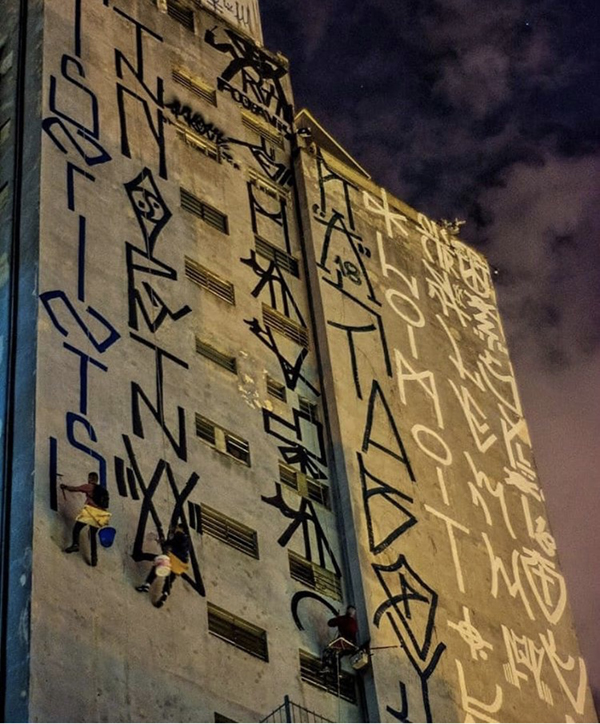
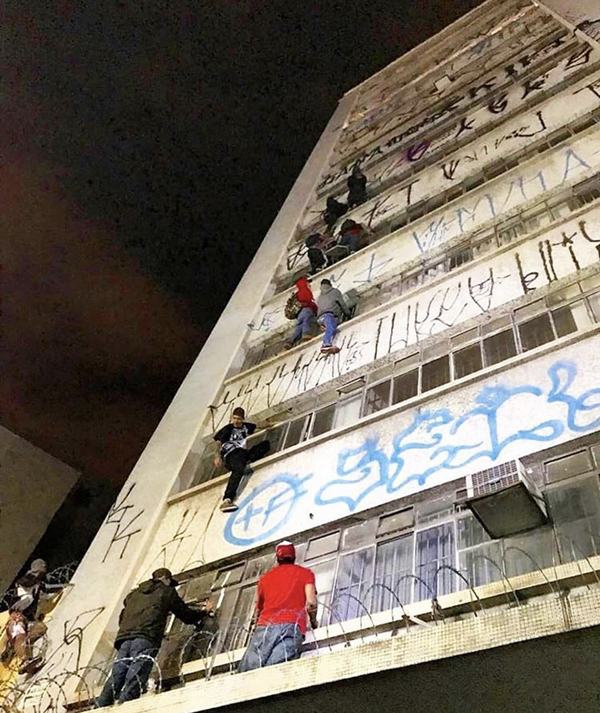
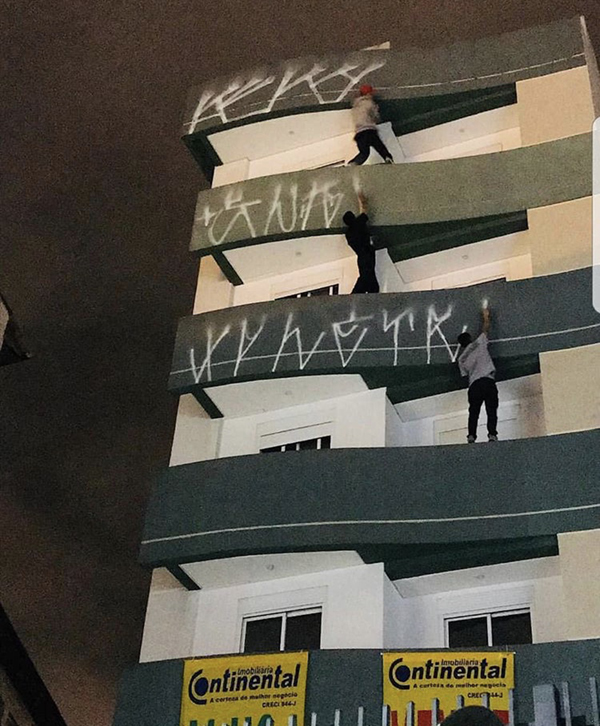
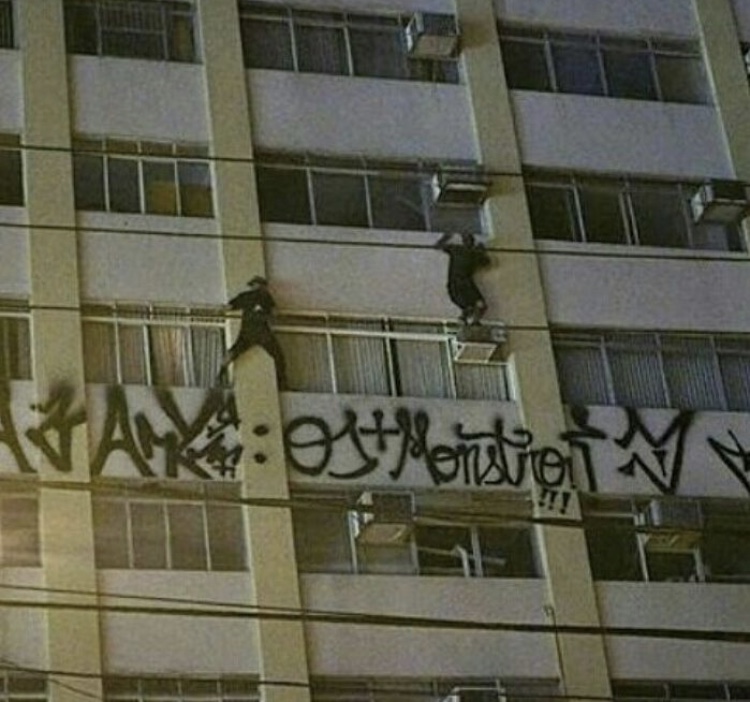
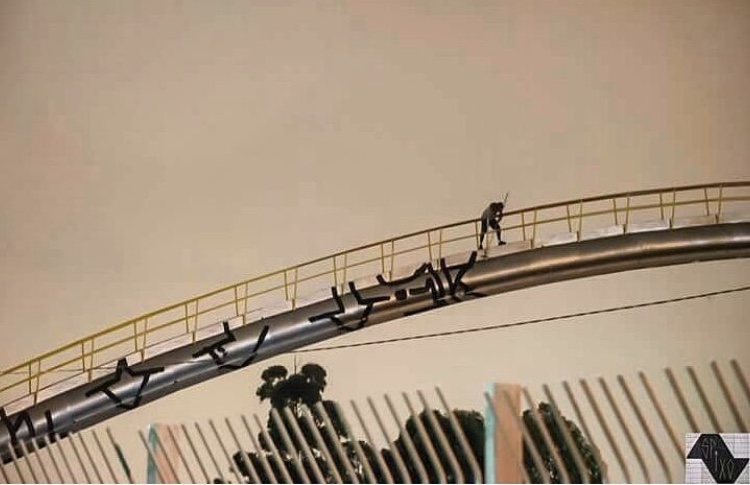
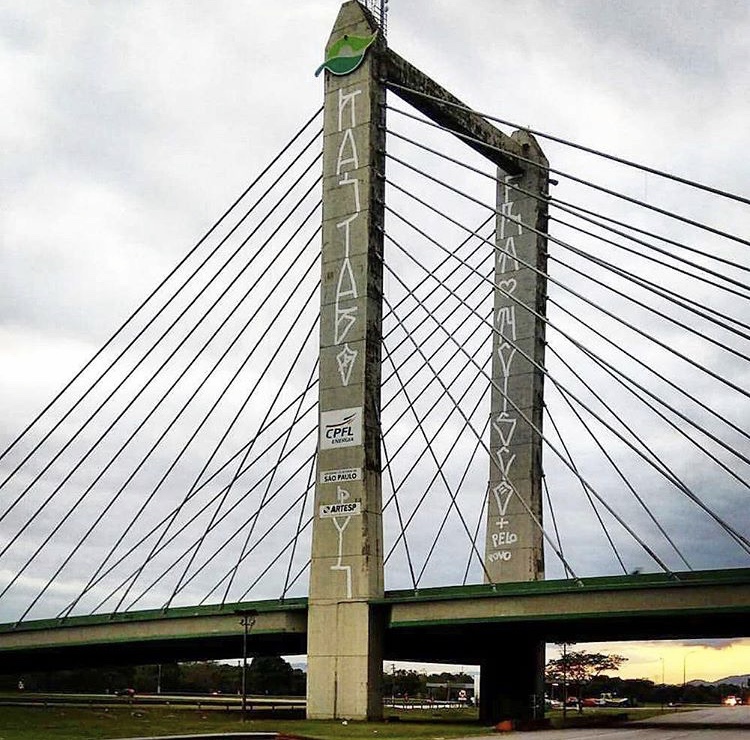
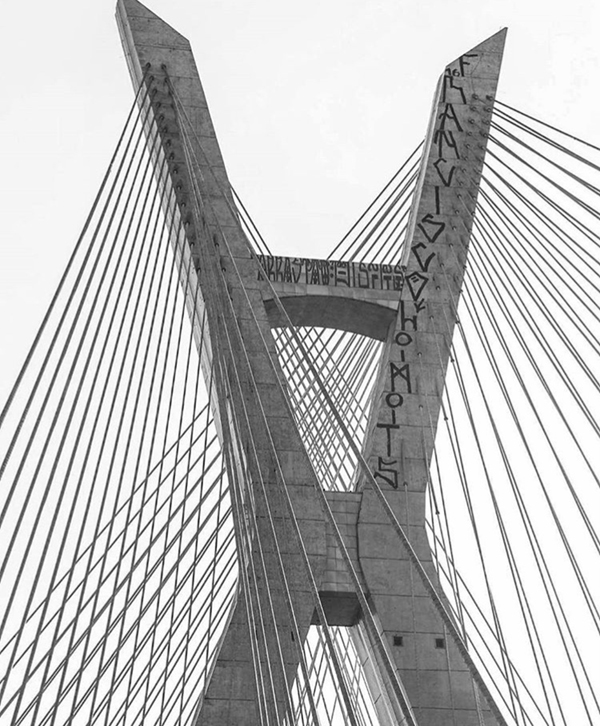
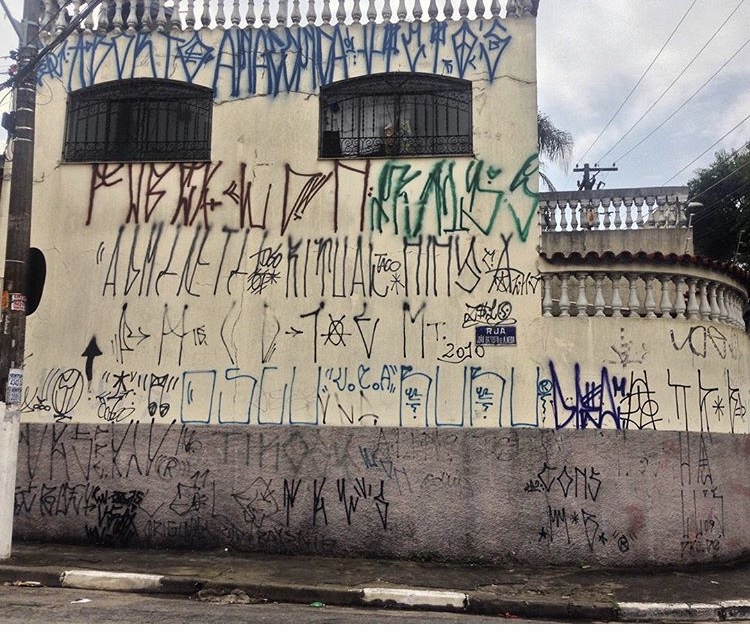
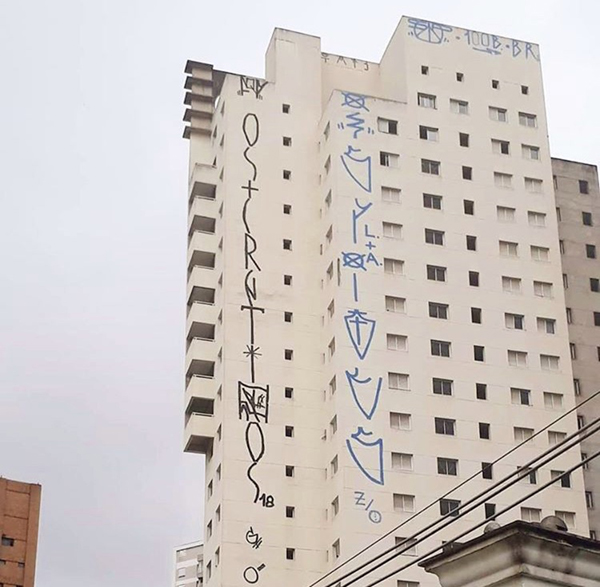
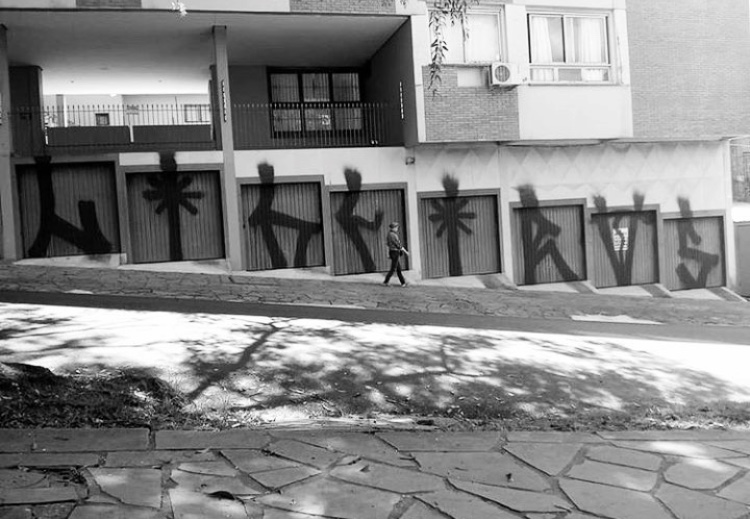
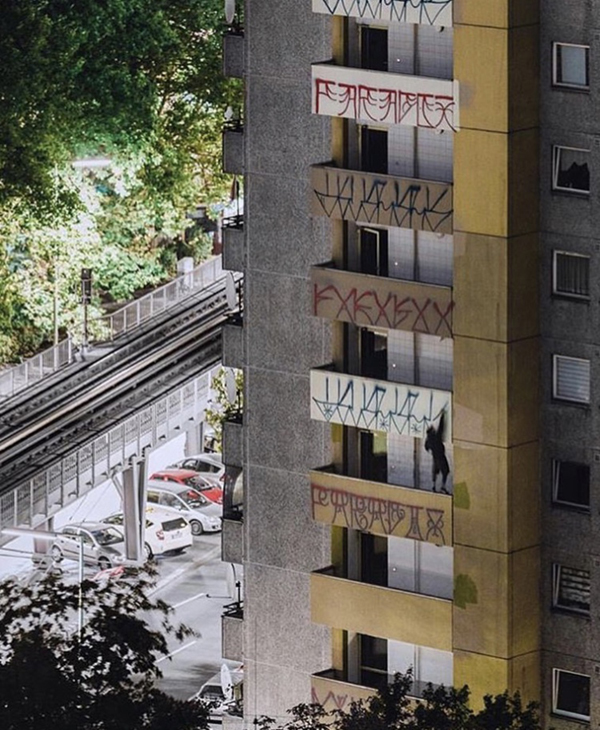
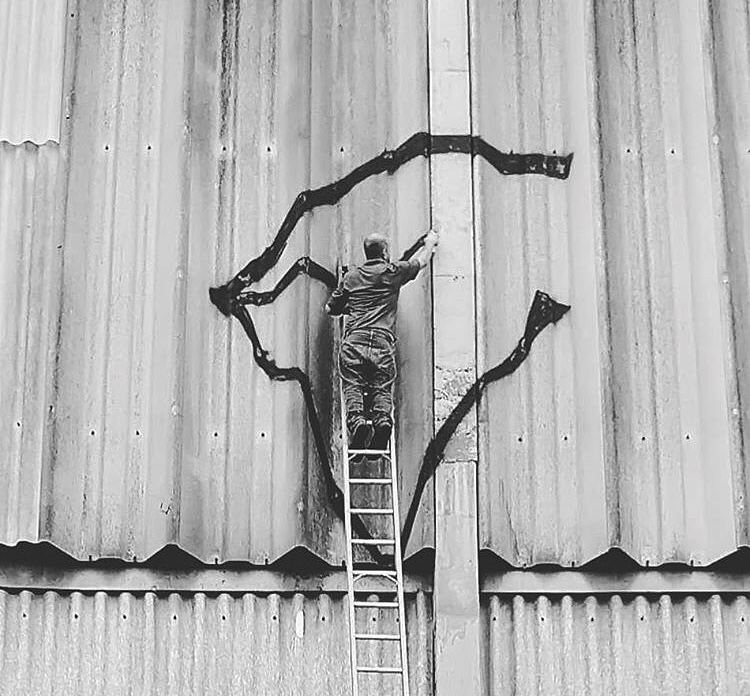
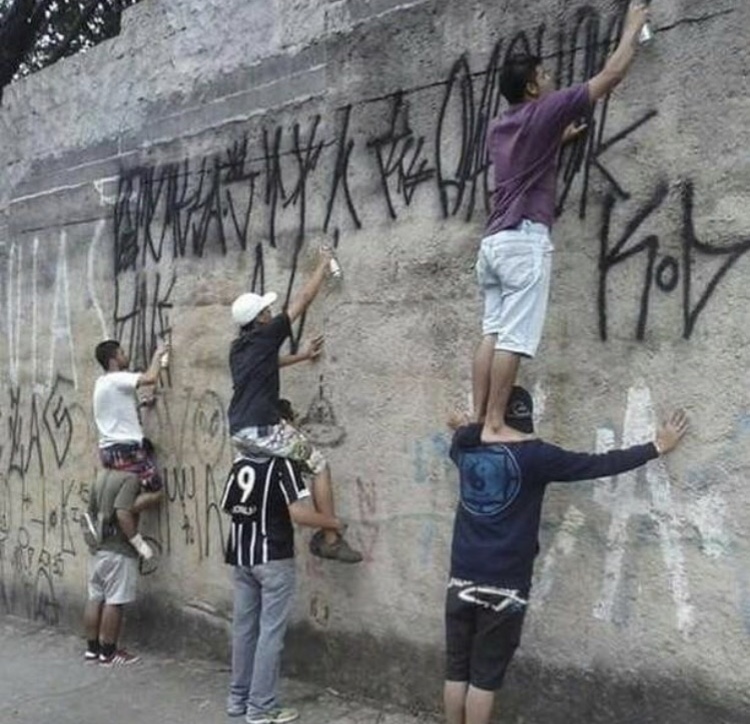
—
Matt Paweski was born Detroit, in 1980. He lives and works in Los Angeles. A selection of recent solo exhibitions includes: LOOK OUT, SWITCH – SWITCH, COUPLES, FOUNTAIN, Park View/Paul Soto (2018), Los Angeles; SANOU OUMAR / MATT PAWESKI, Gordon Robichaux, New York (2018, two-person with Sanou Oumar); Lulu, Mexico City (2018, two-person with Ella Kruglyanskaya); Herald St. London (2017); Ratio 3, San Francisco (2016); and NEW SCULPTURE, South Willard, Los Angeles (2015). In 2018, Paweski took part in the group exhibitions ROCK, PHIL, Los Angeles; A PAGE FROM MY INTIMATE JOURNAL (PART I) —, Gordon Robichaux, New York; Condo, PARK VIEW/PAUL SOTO, hosted by Queer Thoughts, New York; and US SOFTCORE, curated by Matt Paweski, South Willard, Los Angeles. In 2016, he was exhibited in WALK ARTISANAL, Los Angeles; and, in 2015, KLEENEX ROSE, Bodega, New York; THE CURVE, Wallspace, New York; and MATT PAWESKI AND ANDREA SALA, Cherry and Martin, Los Angeles.
